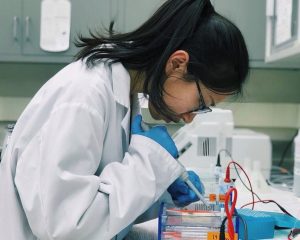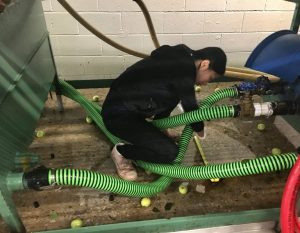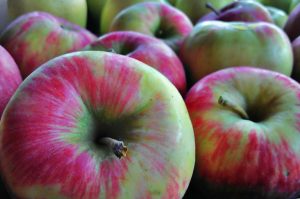With hundreds of new Coast Guard Academy cadets, or swabs (how perfect is that – dp), starting their military training, staff at the medical clinic on campus have had their hands full during the summer months.
 Julia Bergman of Military writes that the outbreak was magnified two weeks ago, when a bacterial infection began spreading among swabs.
Julia Bergman of Military writes that the outbreak was magnified two weeks ago, when a bacterial infection began spreading among swabs.
What started as a few swabs reporting similar symptoms — fever, nausea, vomiting — ultimately grew to about 40 people — both swabs and second-class cadets overseeing their training, who were suspected of having the same infection. Swabs are separated by companies and it became clear that the symptoms were being reporting primarily by swabs assigned to two of the companies.
“When you start putting together your epidemiological hat, really quickly you’re like, ‘Oh, we need to contain this,'” said Capt. Esan O. Simon, medical director at the clinic, who’s only been on the job about two months.
Clinic staff contacted the microbiology team at Lawrence + Memorial Hospital in New London, who were able to quickly analyze the labs and determine that it was a bacterial infection.
At the clinic, which employs about 60 people, it was an all-hands-on-deck effort with staff working around the clock to manage the situation. Within a three-hour period, they screened more than 400 people, including cadets and officer candidates.
Infections can spread quickly on college campuses. Swabs live and train alongside one another. Add to that the stress of their seven-week summer training.
Initially the sick swabs were told to stay in the barracks and wear face masks, and they were instructed on how to clean bacteria from their rooms.
When the number of cases started creeping up, clinic staff separated the sickest of the swabs from their peers and placed them in a separate wing in the barracks to prevent the infection from spreading.
“You didn’t want the folks in the same food line as the whole entire campus and that kind of thing,” Simon said.
A system was devised to deliver meals and administer medication to the isolated swabs, to minimize their exposure to the rest of the campus.
Staff were able to quickly contain the situation, which could have been a lot worse, said Cmdr. Dave Milne, a spokesman for the academy. Only a few cadets are still sick.












